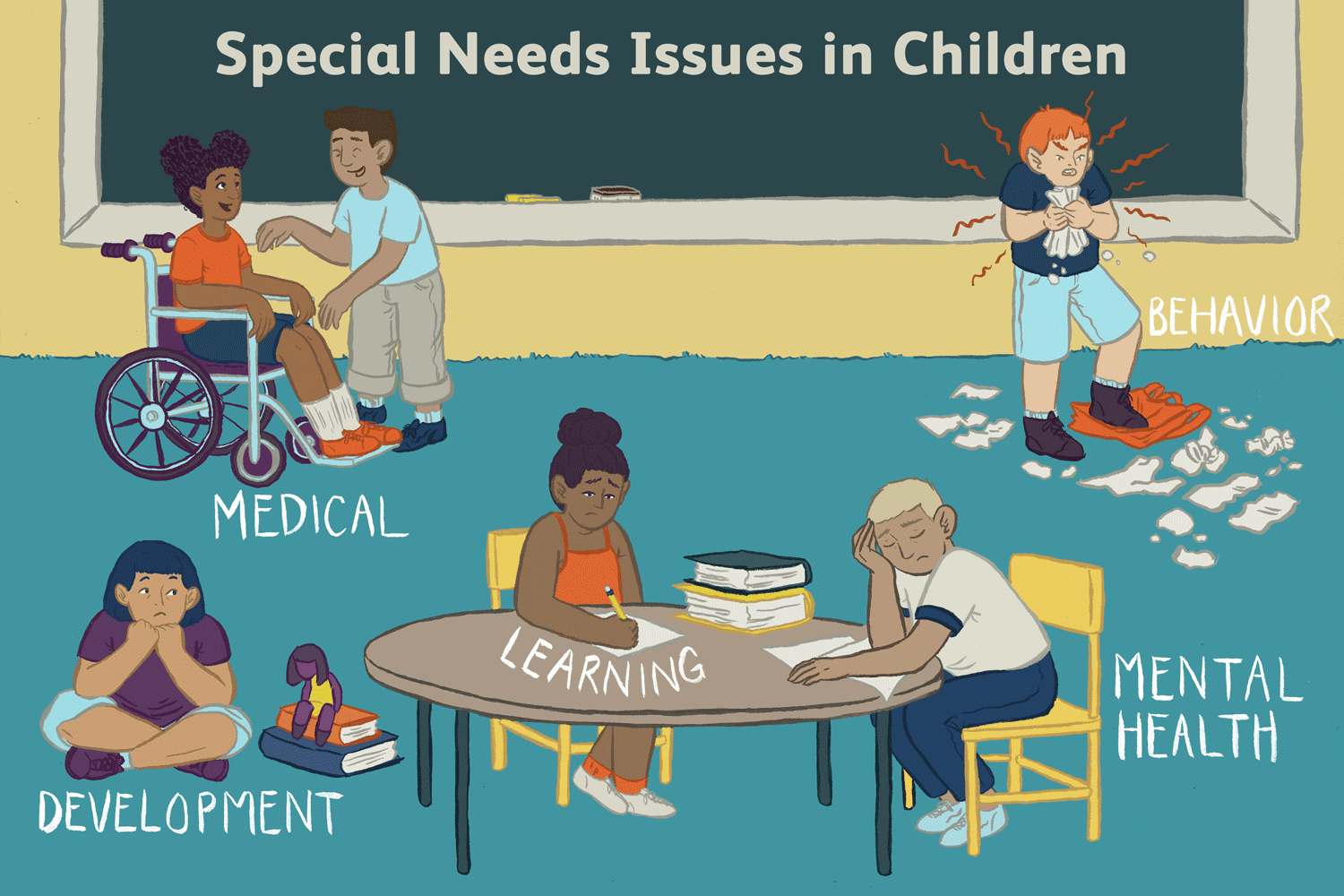
D isability is any condition that makes it more difficult for a person to do certain activities or interact with the world around them. These conditions, or impairments, may be cognitive, developmental, intellectual, mental, physical, sensory, or a combination of multiple factors. Impairments causing disability may be present from birth or occur during a person's lifetime. The World Health Organization proposes the following definition of disabilities:
Assistive technology
Assistive Technology is a generic term for devices and modifications (for a person or within a society) that help overcome or remove a disability. The first recorded example of the use of a prosthesis dates to at least 1800 BC. The wheelchair dates from the 17th century.The curb cut is a related structural innovation. Other examples are standing frames, text telephones, accessible keyboards, large print, Braille, & speech recognition software. Disabled people often develop personal or community adaptations, such as strategies to suppress tics in public (for example in Tourette's syndrome), or sign language in deaf communities.
As the personal computer has become more ubiquitous, various organizations have formed to develop software and hardware to make computers more accessible for disabled people. Some software and hardware, such as Voice Finger, Freedom Scientific's JAWS, the Free and Open Source alternative Orca etc. have been specifically designed for disabled people while other software and hardware, such as Nuance's Dragon NaturallySpeaking, were not developed specifically for disabled people, but can be used to increase accessibility.The LOMAK keyboard was designed in New Zealand specifically for persons with disabilities. The World Wide Web consortium recognised a need for International Standards for Web Accessibility for persons with disabilities and created the Web Accessibility Initiative (WAI). As at Dec 2012 the standard is WCAG 2.0 (WCAG = Web Content Accessibility Guidelines).
Causes
There are many different causes of disability that often affect basic activities of daily living, such as eating, dressing, transferring, and maintaining personal hygiene; or advanced activities of daily living such as shopping, food preparation, driving, or working.
For the purposes of the Americans with Disabilities Act of 1990, the US Equal Employment Opportunity Commission regulations provide a list of conditions that should easily be concluded to be disabilities: deafness, blindness, an intellectual disability (formerly termed mental retardation), partially or completely missing limbs or mobility impairments requiring the use of a wheelchair, autism, cancer, cerebral palsy, diabetes, epilepsy, HIV/AIDS, multiple sclerosis, muscular dystrophy, major depressive disorder, bipolar disorder, post-traumatic stress disorder, obsessive compulsive disorder, and schizophrenia.
This is not an exhaustive list and many injuries and medical problems cause disability. Some causes of disability, such as injuries, may resolve over time and are considered temporary disabilities. An acquired disability is the result of impairments that occur suddenly or chronically during the lifespan, as opposed to being born with the impairment. Invisible disabilities may not be obviously noticeable.
Types of disabilities, such as those that affect a person's:
- Vision
- Hearing
- Thinking
- Learning
- Movement
- Mental health
- Remembering
- Communicating
- Social relationships
Classifications of Disabilities
Categories of disability types include various physical and mental impairments that can hamper or reduce a person's ability to carry out their day to day activities. These impairments can be termed as disability of the person to do his/her day to day activities. Disability can be broken down into a number of broad sub-categories, which include the following 8 main types of disability.
- Mobility/Physical
- Spinal Cord (SCI)
- Head Injuries (TBI)
- Vision
- Hearing
- Cognitive/Learning
- Psychological
- Invisible